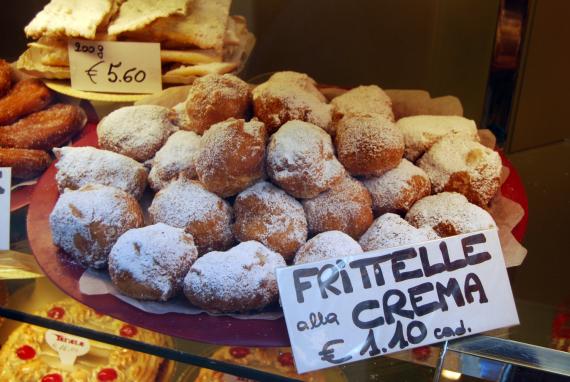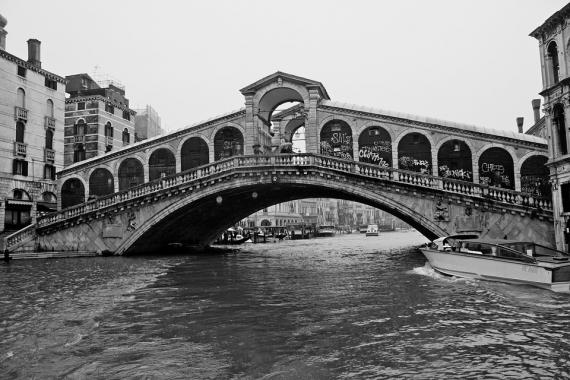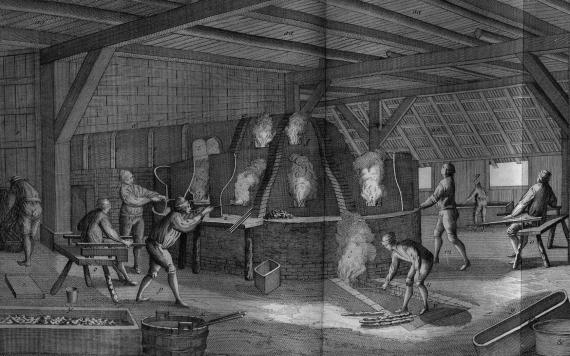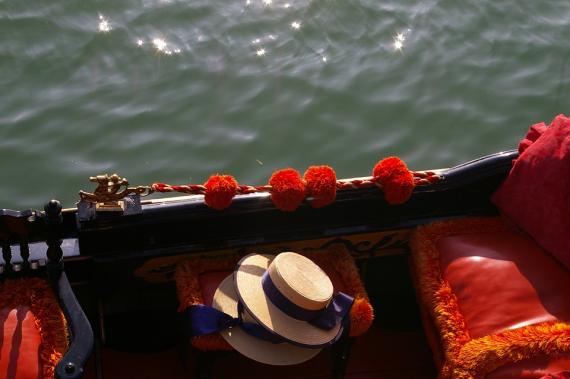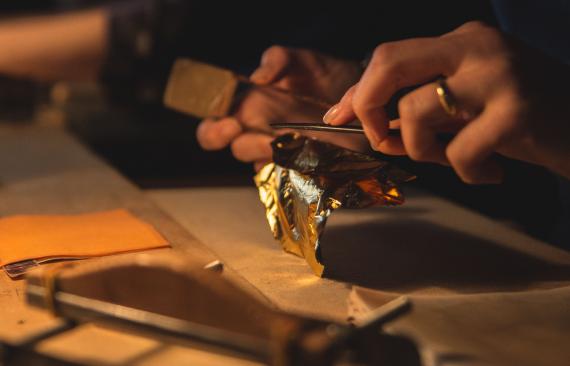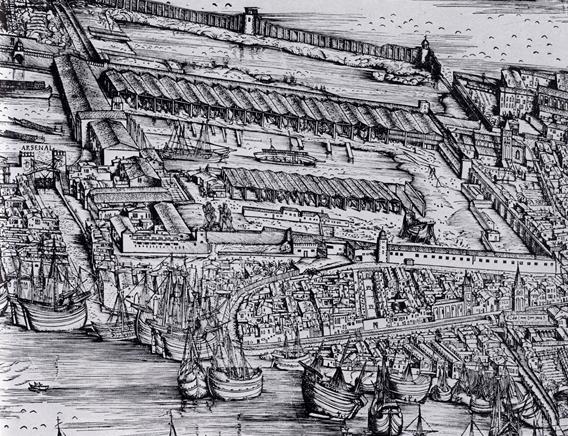Carnival: never has the saying "Semel in anno licet insanire" (once a year, it is permitted to go mad) seemed more fitting for a city in celebration. It's not just about masks, but also about sweet treats that bring joy to those with a sweet tooth, and even to those who usually shy away from excess calories. It's truly impossible to resist the sweet temptations in the form of "Frittelle", the authentic Venetian ones, filled with cream or zabaglione, castagnole, or galani—whether thin or thick, baked or fried in oil and sprinkled with a delicate but incredible dusting of powdered sugar, perhaps lightly scented with vanilla...
Today we can find the history and art of Venice in its many traditions that will follow in this section: from its traditional and official festivities marking the splendour of the Maritime Republic and living again every year in the magical atmosphere of its most famous festivities, to the culinary traditions, enriched bythe trades with the Orient and by the influences of foreign populations passing thorough Venice along the history. Visit this section to discover Venetian traditions and its tipical and particular habits.
And if, while strolling through Venice, crossing the Grand Canal at Rialto, we happened to let our hand slide along the balustrade of the bridge, so smooth and frictionless, polished by millions of other hands that have caressed its white slope before ours... we could say that we have touched the History of Venice but also something that goes beyond... beyond History.
The Venetian artisan artistic activity is identified by glass manufacturing and has got a thousand years old history, having reached the lagoon even before the Roman settlement and then getting developed through frequent contacts of Byzantine masters of glass-making at the time of the Fourth crusade.
The "Gondola" is the oldest and most well-known Venetian boat in the world, now becoming the quintessential tourist symbol of an increasingly attractive Venice. Despite the centuries, the gondola continues to navigate the Venetian canals, ferrying groups of boisterous tourists in search of an unforgettable experience to share...
"Gondola," meaning Ark or Chest from the ancient Greek etymology, perhaps referred to an enclosed, protected space where the few precious belongings of the first inhabitants of the lagoon were kept. Since ancient times, the boat has been the key element on which the life or survival of Venice depended.
The Schools of Arts and Crafts are established as corporations due to necessity to protect the interests and set out to the persons enrolled in the register the rights and duties of those who practised the same profession, to which the state control was also applied.
L’Arsenale è il simbolo della potenza di Venezia che era stata battezzata ‘il cuore del Veneto’ (1509).
Il primo nucleo dell’Arsenale nasce nel 1104 con un imposizione dello
Stato sui singoli carpentieri che fino ad allora avevano lavorato negli
‘squeri’ ovvero i piccoli cantieri cittadini.

